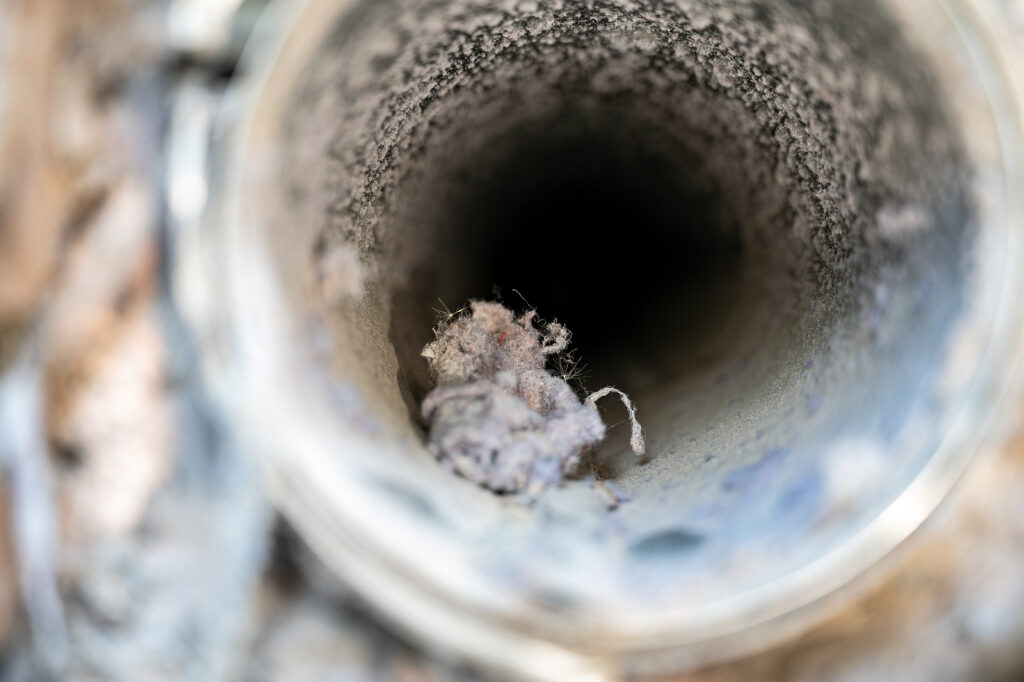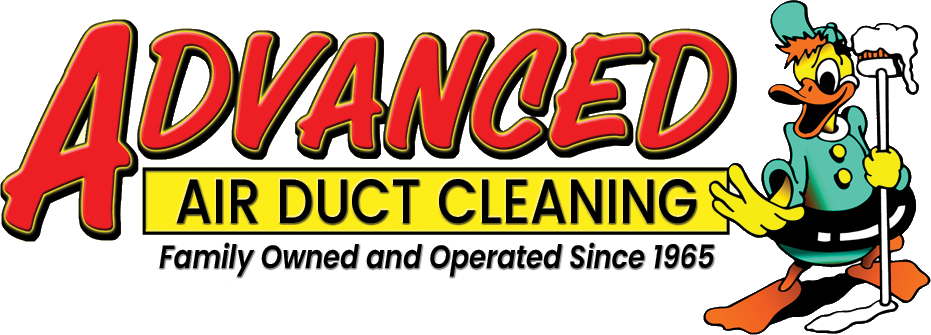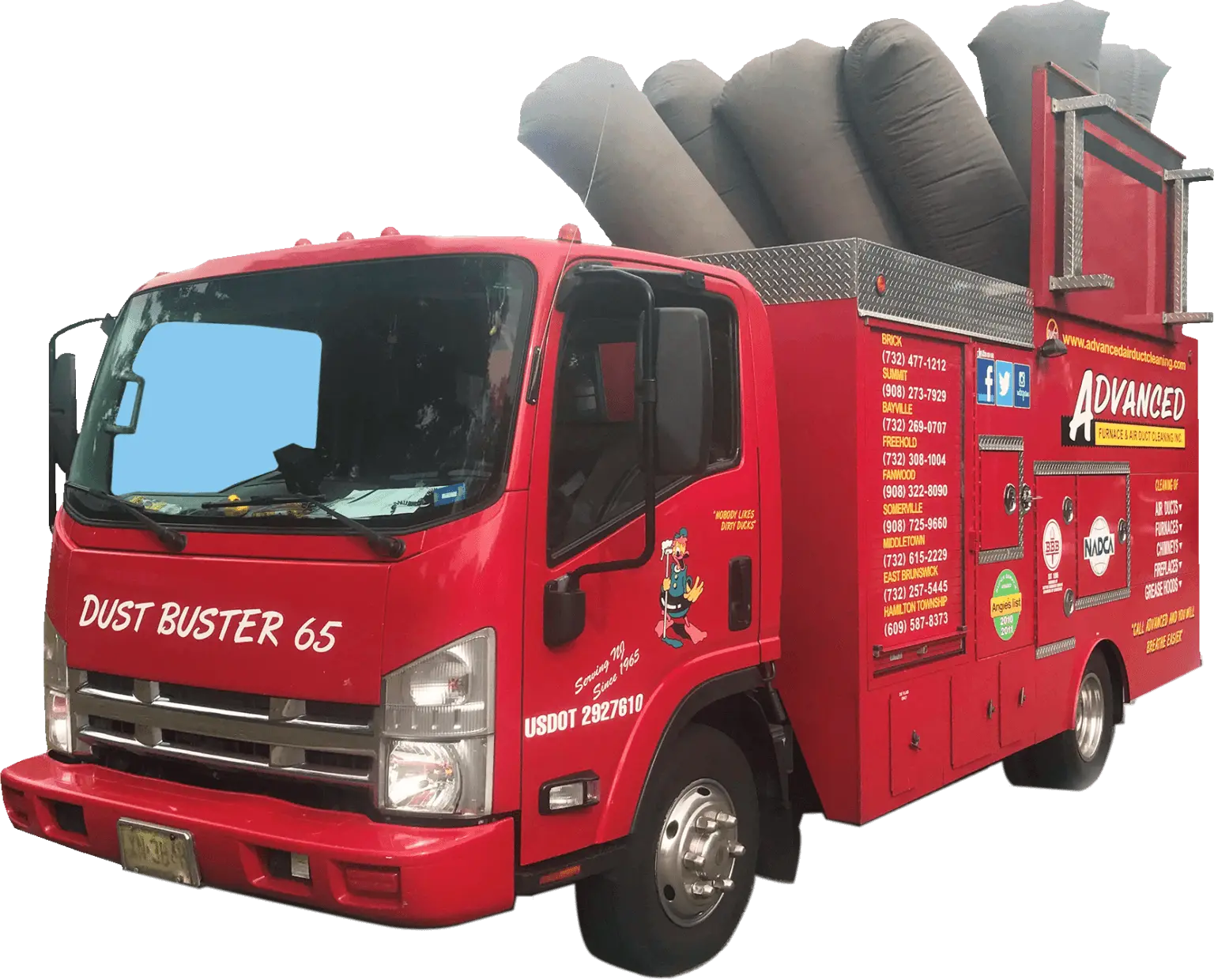
What is a Transition Duct?
Transition duct is the flexible silver duct that connects your dryer to the wall port.
When selecting a flexible dryer duct, it’s important to choose one that meets safety standards and is approved by the dryer manufacturer. Using the wrong type of duct can result in poor dryer performance, increased fire risk, and potentially void your warranty. Below are common types of flexible dryer ducts and recommendations, along with what manufacturers typically advise.
1. Types of Flexible Dryer Ducts
a. UL181- Aluminum Foil Duct (Not Recommended)
•Description: This type of duct is made of flexible, corrugated aluminum foil. It’s typically inexpensive and widely available. (UL181)
•Recommendation: Most manufacturers do not recommend using UL181 transition ducts because they are more likely to lead to airflow restrictions and fire hazards.
b. Plastic or Vinyl Duct (Not Recommended)
•Description: These are typically white and very flexible, made from thin plastic or vinyl material.
•Drawbacks: Plastic or vinyl ducts are flammable and can melt easily if exposed to the heat from the dryer. They can also accumulate lint, which further increases fire risk.
•Recommendation: Most dryer manufacturers strictly prohibit using plastic or vinyl ducts due to their fire hazards.
C. UL2158a- Aluminum Foil Duct (recommended)
•Description: This type of duct is made of flexible, corrugated aluminum.
•Recommendation: Many manufacturers accept using UL2158a transition ducts .
d. Semi-Rigid Aluminum Duct (Recommended)
•Description: Semi-rigid aluminum ducts are flexible but maintain their shape better than foil ducts. They are made from sturdier aluminum material that can resist kinking and crushing, allowing for better airflow.
•Benefits: This type of duct is much safer than foil or plastic and is typically recommended by manufacturers. It is flexible enough to handle slight bends but sturdy enough to reduce airflow restrictions.
•Recommendation: Many dryer manufacturers recommend semi-rigid aluminum ducts for safe, effective ventilation.
E. Rigid Metal Duct (Highly Recommended)
•Description: Rigid metal ducts are made from smooth, galvanized steel or aluminum. These ducts are not flexible and require elbow fittings to make turns.
•Benefits: Rigid ducts offer the best airflow, with minimal risk of lint buildup due to their smooth interior. They are also highly durable and resistant to crushing, kinking, or tearing.
•Recommendation: This is the most recommended option by manufacturers for long-term safety and performance. Although it is harder to install due to its rigidity, it is the best choice for optimal dryer efficiency and fire safety.
2. Manufacturer Recommendations
•Check Your Dryer’s Manual: Always consult the dryer’s user manual for specific recommendations. Most manufacturers, like Whirlpool, LG, Samsung, and GE, will recommend either rigid or semi-rigid metal ducts for proper airflow and safety. They often discourage the use of foil or plastic ducts.
•UL-Listed Ducting: Ensure that the duct you choose is UL2158a for flexible transitions and UL181 when semi and rigid, meaning it has been tested and approved for use with dryers. This is important for both safety and compliance with local building codes.
3. Important Considerations When Choosing a Flexible Dryer Duct
a. Length and Diameter:
•Length: Keep the dryer vent as short as possible to reduce the risk of lint buildup and airflow restrictions. The maximum allowable length varies by manufacturer and the type of duct used. Most suggest under 25 foot of dryer duct line in total. Within that 25 ft, each elbow accounts for 3-5 foot. For example, rigid ducts may allow longer runs than semi-rigid ducts.
•Diameter: The typical recommended diameter is 4 inches, which is the standard for most dryers.
b. Fire Safety:
•Using metal ducts (rigid or semi-rigid aluminum) minimizes fire risks. These materials are non-combustible, unlike plastic or vinyl ducts, which can catch fire or melt.
c. Proper Venting:
•Venting outdoors is essential for safety. The duct should terminate at an exterior vent with a flapper or bird guard to prevent pests from entering. Never vent a dryer into an attic, crawlspace, or enclosed area, as it can lead to moisture buildup and mold growth, in addition to posing fire hazards.
d. Installation Tips:
•Avoid excessive bending or kinking in the duct to maintain good airflow.
•Secure connections with metal clamps or foil tape (never duct tape, as it can melt) to prevent air leaks.
•Regularly clean the duct to prevent lint buildup, which can lead to decreased dryer efficiency and increase fire risk.
Choose Advanced Air Duct Cleaning
For optimal safety, performance, and longevity of your dryer, use semi-rigid or rigid metal ducts, as these are the types most often recommended by manufacturers. Avoid plastic, vinyl, and foil ducts, which can restrict airflow and pose significant fire hazards. Always refer to your dryer’s user manual for the specific type of duct they recommend, and ensure that the duct you choose is UL-listed for dryer use. To effectively clean and maintain your dryer vent, choose Advanced Air Duct Cleaning. Reach out today.

